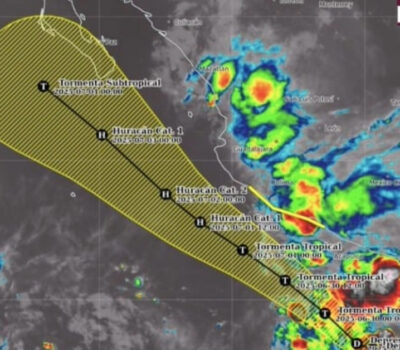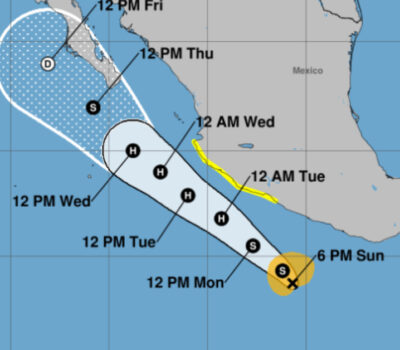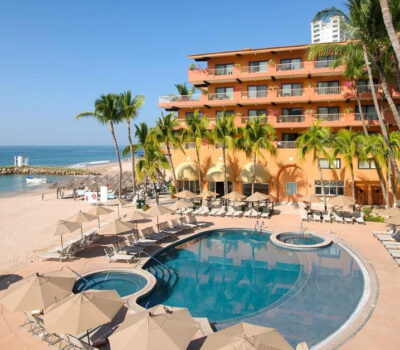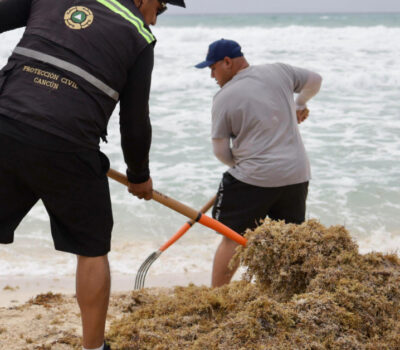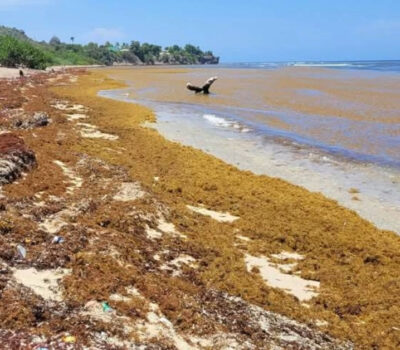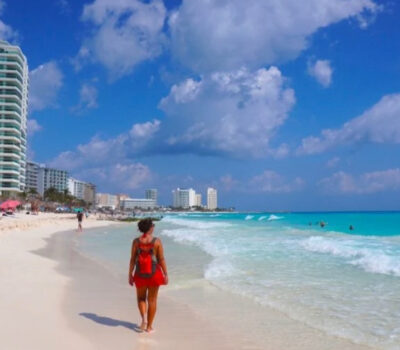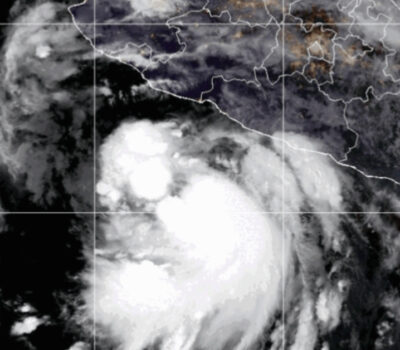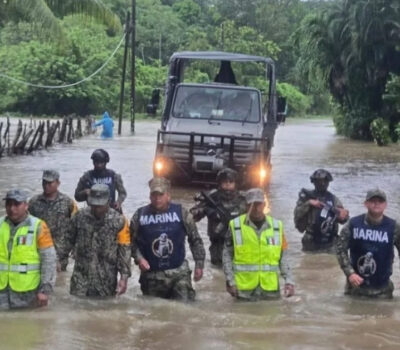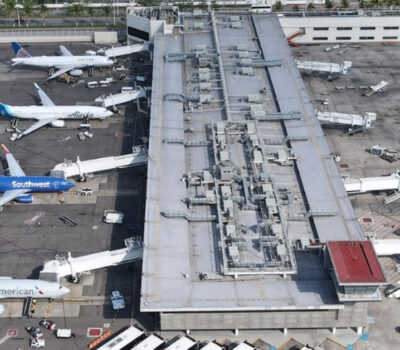For the third year, the Salsa and Mambo Festival returns to Marival Resort to showcase Latin America’s most recognized dance. Participants from around the world come to Riviera Nayarit to share their love for the dance and music known as Salsa.
The four day festival offers workshops, presentations, and competitions at the resort from April 23 to 26.
Marival Resort is located ten minutes north of the Puerto Vallarta airport in Nuevo Vallarta.
Salsa dancing originated in New York in the mid-1970s. It evolved from earlier dance forms such as Son, Son Montuno, Cuban Cha cha cha and Cuban Mambo which were popular in Cuba and other parts of Latin America at the time. Salsa, like most music genres has gone through a lot of changes through the years and incorporated elements of Swing dancing and Hustle, as well as elements of Afro-Cuban and Afro-Caribbean dances such as Guaguanco and Pachanga.
In many styles of salsa dancing, as a dancer shifts their weight by stepping, the upper body remains level and nearly unaffected by the weight changes. Weight shifts cause the hips to move. Arm and shoulder movements are also incorporated. The Cuban Casino style of salsa dancing involves significant movement above the waist, with up-and-down shoulder movements and shifting of the ribcage.
The arms are used by the “lead” dancer to communicate or signal the “follower,” either in “open” or “closed” position. The open position requires the two dancers to hold one or both hands, especially for moves that involve turns, putting arms behind the back, or moving around each other, to name a few examples. In the closed position, the leader puts the right hand on the follower’s back, while the follower puts the left hand on the leader’s shoulder.
In the original Latin America form, the forward/backward motion of salsa is done in diagonal or sideways with the 3-step weight change intact.
Learn more about the festival on their website, http://www.salsamambofest.com/
For the third year, the Salsa and Mambo Festival returns to Marival Resort to showcase Latin America’s most recognized dance. Participants from around the . . .

